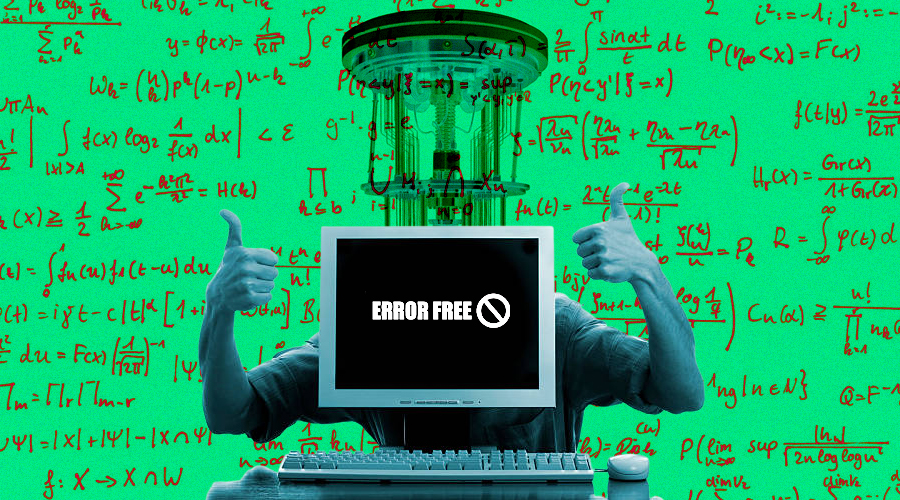How Asia Pacific is Leading the Way in Quantum Cryptography Advancements
SOURCE: HTTPS://CITYLIFE.CAPETOWN/
NOV 06, 2023
QUANTUM COMPUTING AIMING FOR ERROR-FREE CALCULATIONS
SOURCE: ANALYTICSINSIGHT.NET
JUN 06, 2022

Errors must be recognised and fixed for quantum computers to be useful in practise. A group of experimental scientists at the University of Innsbruck, Austria, has now executed a universal set of computing operations on fault-tolerant qubits for the first time, illustrating how an algorithm may be written on a quantum system so that errors do not ruin the outcome.
Because of high-quality production, errors in information storage and processing have become rare in modern computers. Nevertheless, in important applications where even minor errors can have major consequences, error-correcting systems based on data redundancies are still used.
Since quantum computers are naturally more susceptible to interruptions, error-correcting techniques will almost certainly always be required, because else errors will propagate uncontrollably throughout the system and data will be lost. Since quantum mechanics’ fundamental constraints disallow copying quantum data, redundancy can be obtained by dispersing logical quantum data into an entangled state of different physical systems, such as multiple individual atoms.
Thomas Monz and his team have now realised for the first time an array of computational processes on two logical qubits that can be used to adopt any possible operation.
Realization of a fundamental quantum operation
The physicists used an ion trap quantum computer with 16 trapped atoms to develop this universal gate set. The quantum data was encoded in two logical qubits, each spread across seven atoms.
For the first time, 2 computing gates required for a universal set of gates may now be implemented on fault-tolerant quantum bits: a computing operation on two qubits (a CNOT gate) and a logical T gate, which is especially difficult to execute on fault-tolerant qubits.
The T-gate was illustrated by preparing a particular state in a logical qubit and transporting it to another qubit using an entangled gate operation.
Increase in complexity as well as accuracy
The contained quantum information is shielded from errors in encoded logical qubits. Nevertheless, without computational activities, which are intrinsically error-prone, this is useless.
The researchers built logical qubit operations in a manner that faults produced by the fundamental physical operations can also be identified and fixed. As a result, they created the first fault-tolerant execution of a universal set of gates based on encoded logical qubits.
All of the building pieces for fault-tolerant computation on a quantum computer have now been demonstrated by physicists. The next step is to implement these technologies on larger, more powerful quantum computers. The methods presented at Innsbruck on an ion-trap quantum system can also be applied to other quantum architectures.
MORE INFO ABOUT AUTHOR
LATEST NEWS
Augmented Reality
Hi-tech smart glasses connecting rural and remote aged care residents to clinicians
NOV 20, 2023
WHAT'S TRENDING


Data Science
5 Imaginative Data Science Projects That Can Make Your Portfolio Stand Out
OCT 05, 2022

SOURCE: HTTPS://CITYLIFE.CAPETOWN/
NOV 06, 2023
SOURCE: HTTPS://WWW.SCIENCEDAILY.COM/
OCT 27, 2023
SOURCE: HTTPS://WWW.SCIENCEDAILY.COM/
OCT 26, 2023
SOURCE: HTTPS://THEQUANTUMINSIDER.COM/
SEP 28, 2023
SOURCE: HTTPS://TECHMONITOR.AI/
OCT 03, 2023
SOURCE: HTTPS://SCITECHDAILY.COM/
AUG 29, 2023
SOURCE: HTTPS://WWW.DIGITALJOURNAL.COM/
AUG 26, 2023
SOURCE: HTTPS://WWW.TECHTIMES.COM/
AUG 16, 2023